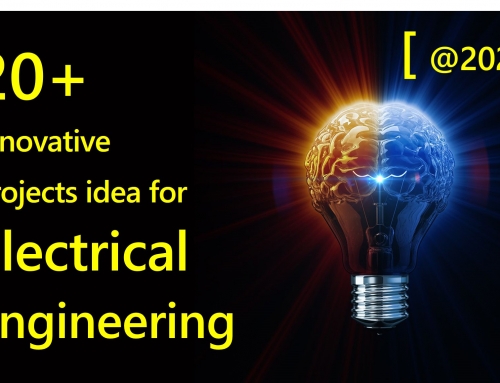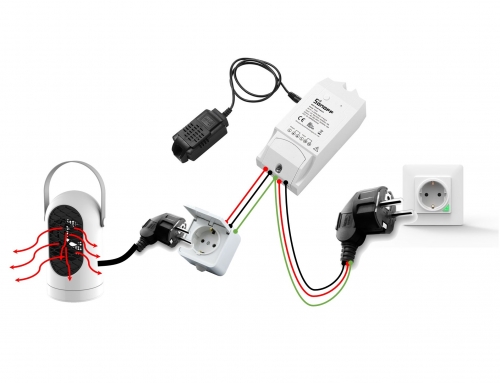Design Of Electrostatic Precipitator for smoke precipitator
Electrostatic precipitation is the most Preferable way to remove solid Particle pollutants (like dust and smoke) or liquid (mist, oil) contained in the gas injected into the environment. This precipitation process is now widely used in apartments, offices and hospitals, as well as workshops, because of its low power consumption and high filtration efficiencies (up to 99.9 %).
The environmental impact of medical waste is non-negligible. Medical waste includes various toxic materials generated in hospitals and the incineration process should be an economically viable alternative to its safe disposal. But incineration alone is not an effective solution if it is not employed in conjunction with a smoke control system.
The paper reports the development and implementation of a cost-effective plate-type electrostatic precipitator (ESP) prototype for the medical wastes incinerator of University Hospital Centre (CHU) of Sidi Bel Abbes, using a water washing system for cleaning the electrodes. An experimental study was carried out on a half-scale laboratory ESP, to pave the way to the manufacturing and on-site testing of a full-scale installation.
Electrostatic Precipitator
Working Principle
A high voltage is applied to the discharge wires to form an electrical field between the wires and the collecting plates, and also ionizes the gas around the discharge wires to supply ions. When gas that contains an aerosol (dust, mist) flows between the collecting plates and the discharge wires, the aerosol particles in the gas are charged by the ions. The Coulomb force caused by the electric field causes the charged particles to be collected on the collecting plates, and the gas is purified. This is the principle of electrostatic precipitation, and Electrostatic precipitator applies this principle on an industrial scale.
Methods to Remove the particles collected on the collecting plates are
- Dislodging by rapping the collecting plates
- Scraping off with a brush
- washing off with water, and removing from a hopper
KeyWord:
Electrostatic precipitator, corona discharge, corona electrodes, Blade Corona electrodes
Material Required:
High Voltage driver,Battery, Discharge electrodes and collecting electrodes
Conclusion
With all the testing that was performed it is evident that a simple and very efficient system has been developed. This is important to remember during the implementation on a large scale. The precipitator can occupy significantly less space and maintain high efficiencies.
Advantages
- Electrostatic precipitators gives very high efficiency, generally of the order of %.
- They can operate at higher temperatures.
- The operating costs are generally low.
- High collection efficiency.
- Maintenance is normal.
Disadvantages
- Require high voltage.
- Space requirement is more.
- Possible of explosion during collection of combustible gases or particulates.
Application
- Electric power industry
- collecting fly ash from coal-fired boilers
- Petroleum industry
- recovery of catalyst dust
- Cement factories
- cleaning the flue gases from cement kiln
- recovery of cement dust from kilns





![IoT Based Distribution Transformer Monitoring System Using Arduino | PPT | Code | Report [ 2020 ]](https://innovatorsguru.com/wp-content/uploads/2020/02/IoT-based-transformer-health-monitoring-system-500x383.jpg)

Leave A Comment